I'm new to react native, and I've been having some trouble understanding the folder structure of the app which should supposedly be present in the project folder on creation. Basically, when creating the project with npm, I get some starting files (App.js etc.) and a node_modules folder. I've got it up and running with expo, which created the .expo folder as well.
However, when I go to react's official documentation or look into plugins/addons on git they talk several times about an android and an iOS folder in the project root. But they are nowhere to be seen. I then got some hints that I could install and run react-native-upgrade-git, which allegedly would generate these missing folders. But that didn't work either.
So what have I missed? Where are those folders located?
Edit: Here is a screen dump from a Youtube tutorial showing the project structure I'm looking for:


